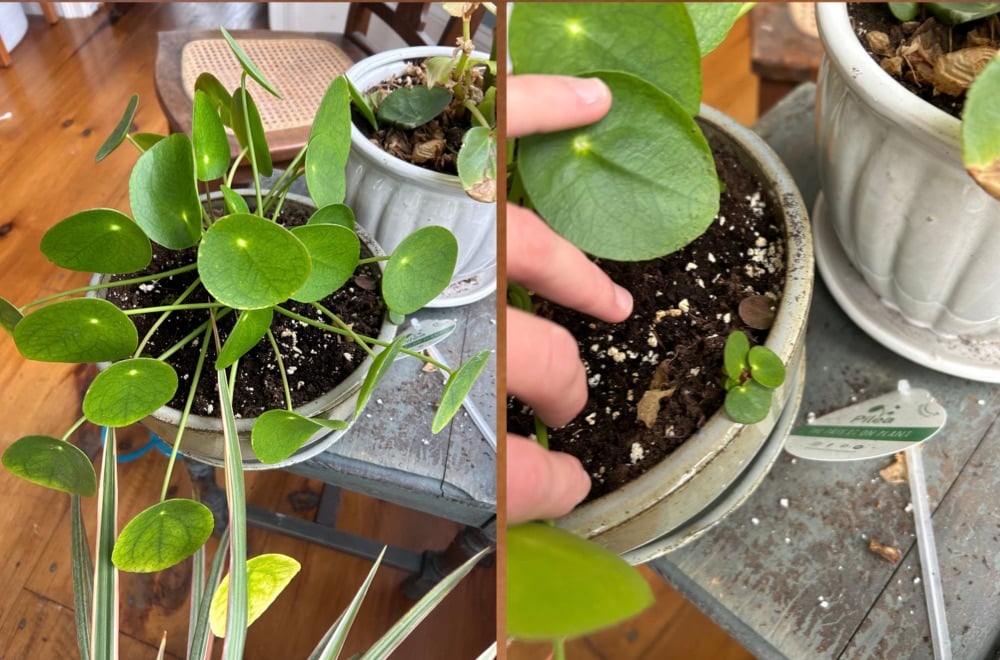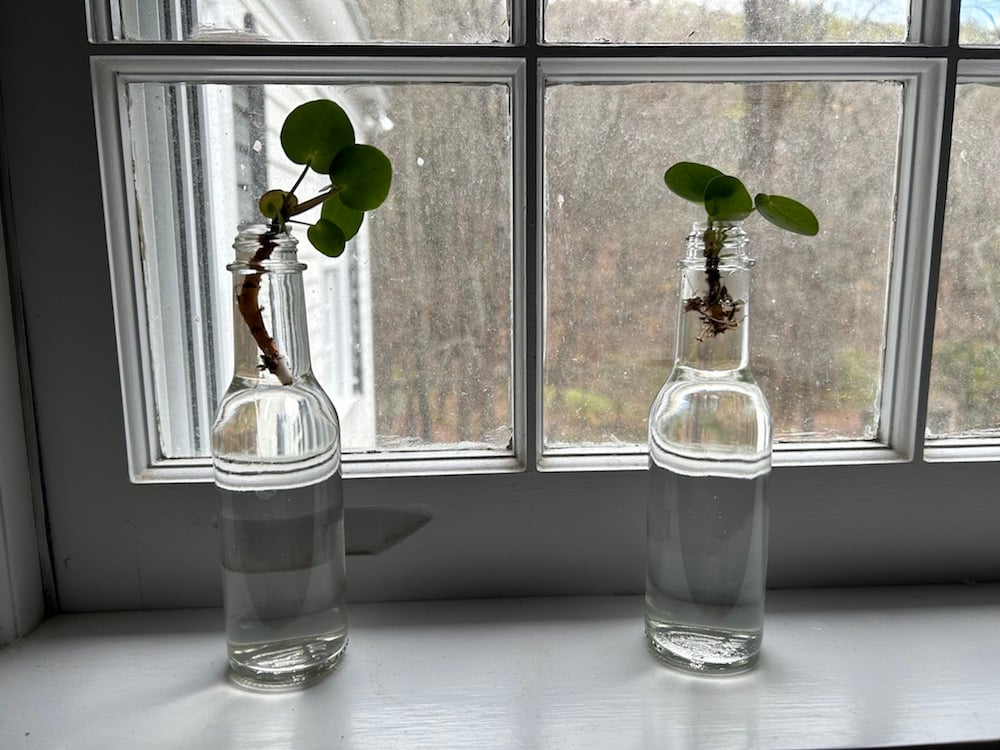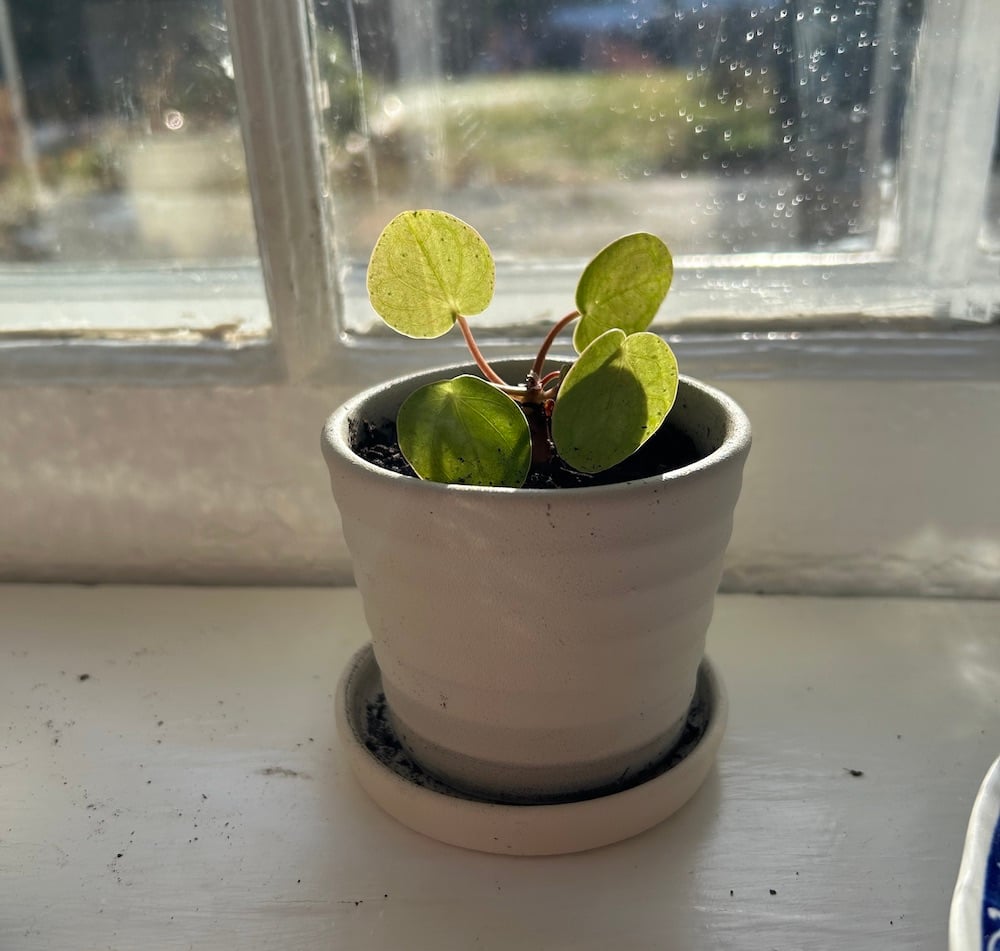kottke.org posts about plants
I posted this picture of my jade plant flowering on BS and a lot of people expressed surprise that jade plants flower, and I was wondering: did you know jade plants flower? Growing up, my mom always had lots of jade plants, and I was in my twenties the first time I saw flowers on jade plants in Northern California. It blew my flipping mind is what it did.
The flowers are little pink stars with tiny antennae that make the flowers look like they’re sparkling. I think they’re so dainty and gorgeous and I love them. Look at those tiny pink idiots. Look at those itsy bitty show offs sharing their joy with anyone lucky enough to gaze upon their perfect visage.

I live near Boston and my jade plants didn’t start flowering until I moved somewhere I could put them outside most of the year, and by that time they were at least 22 years old and probably 25. The three oldest are the only ones to flower, which makes sense since the other ones aren’t as old. There’s a lot of information here about how to make your indoor jades flower, but it boils down to tricking them to make them think they’re in South Africa. They need to be cold at night and in sun during the day and you gotta stop watering them a little bit.
Do your jades flower?
Zoë Schlanger’s new book (out today) sounds really interesting: The Light Eaters: How the Unseen World of Plant Intelligence Offers a New Understanding of Life on Earth (Bookshop.org).
It takes tremendous biological creativity to be a plant. To survive and thrive while rooted in a single spot, plants have adapted ingenious methods of survival. In recent years, scientists have learned about their ability to communicate, recognize their kin and behave socially, hear sounds, morph their bodies to blend into their surroundings, store useful memories that inform their life cycle, and trick animals into behaving to their benefit, to name just a few remarkable talents.
I heard about it from NPR’s Fresh Air — check out this completely metal behavior:
Schlanger notes that some tomato plants, when being eaten by caterpillars, fill their leaves with a chemical that makes them so unappetizing that the caterpillars start eating each other instead. Corn plants have been known to sample the saliva of predator caterpillars — and then use that information to emit a chemical to attract a parasitic wasp that will attack the caterpillar.
Schlanger acknowledges that our understanding of plants is still developing — as are the definitions of “intelligence” and “consciousness.” “Science is there [for] observation and to experiment, but it can’t answer questions about this ineffable, squishy concept of intelligence and consciousness,” she says.
 I don’t have a green thumb, but I bought one of these a few months ago, and it’s still going strong. This post is purely to recommend that plant: pilea peperomioides, also known as the Chinese money plant, the coin plant, the friendship plant, and the UFO plant. It’s pleasingly goofy and, as far as I can tell, resilient. I’ve even snipped off a few of the little “babies” that sprout from its sides (above right), kept them in water for a couple weeks to let them grow roots…
I don’t have a green thumb, but I bought one of these a few months ago, and it’s still going strong. This post is purely to recommend that plant: pilea peperomioides, also known as the Chinese money plant, the coin plant, the friendship plant, and the UFO plant. It’s pleasingly goofy and, as far as I can tell, resilient. I’ve even snipped off a few of the little “babies” that sprout from its sides (above right), kept them in water for a couple weeks to let them grow roots…

… and replanted them to give to friends.

It’s a satisfying endeavor. I will share this now before any of the little guys die.
It’s nothing like Jason’s fiddle leaf fig, but you never know.
Actually rereading that post is very moving. Writing this blog for even a few days has been an affecting experience. It has me remembering past lives and investigating current ones.






 I don’t have a green thumb, but I bought one of these a few months ago, and it’s still going strong. This post is purely to recommend that plant:
I don’t have a green thumb, but I bought one of these a few months ago, and it’s still going strong. This post is purely to recommend that plant: 

Stay Connected